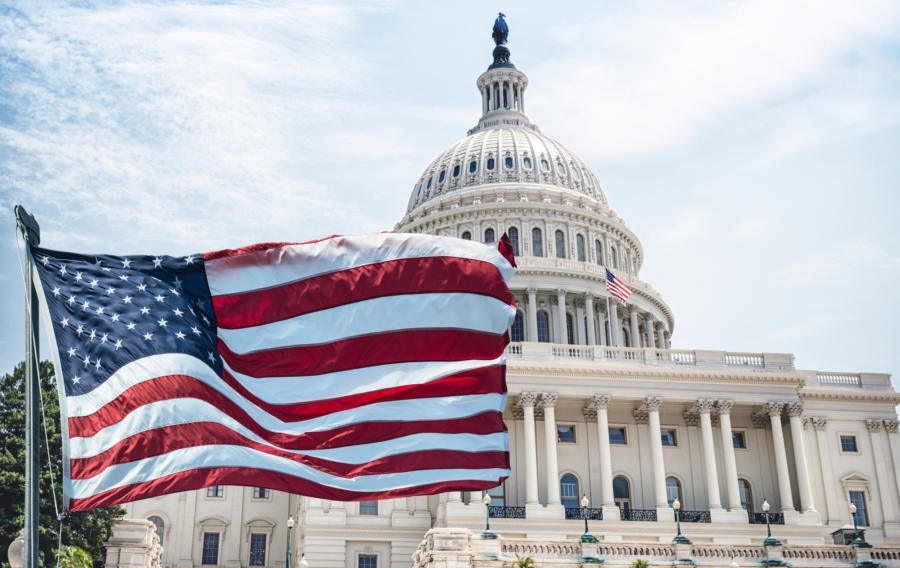
By Subcontractors USA News Provider
The draft National Recycling Strategy identifies strategic objectives and actions needed to create a stronger, more resilient, and cost-effective U.S. municipal solid waste recycling system. Recycling has been a critical component of the Environmental Protection Agency’s (EPA) decades-long efforts to implement the Resource Conservation and Recovery Act (RCRA) and its more recent efforts to pursue a Sustainable Materials Management (SMM) approach, which aims to reduce the environmental impacts of materials across their lifecycle. Building on the National Framework for Advancing the U.S. Recycling System and EPA’s long history of providing data, tools, information and other resources to support recycling in the United States, the draft strategy identifies strategic objectives and actions needed to create a stronger, more resilient, and cost-effective U.S. municipal solid waste recycling system.
The U.S. recycling system currently faces a number of challenges, including: confusion about what materials can be recycled, recycling infrastructure that has not kept pace with today’s diverse and changing waste stream, reduced markets for recycled materials, and varying methodologies to measure recycling system performance. The draft strategy identifies actions to address these challenges that build on the collaborative efforts by stakeholders from across the recycling system that began under the National Framework, which are organized under three strategic objectives:
- Reduce contamination in the recycling stream
- Increase processing efficiency
- Improve markets
The National Recycling Strategy, when finalized, will be aligned with and support implementation of the national recycling goals, which EPA intends to announce in November 2020.
Key questions to consider when reviewing and commenting on the draft strategy include:
- Of the proposed actions, which are the most important and would have the greatest positive impact at the local, regional and national level?
- What are the key implementation steps and milestones necessary to successfully implement these actions?
- Is your organization willing to lead an action? Or collaborate with others to implement the actions? What factors would your organization take into account when considering whether to lead an action?
- What are the most important roles and/or actions for federal agencies to lead?
- Are there other actions that should be included in the strategy?
- Do you have additional information or recommendations to inform the development of the strategy?
For more information, please visit https://www.epa.gov/americarecycles/draft-national-recycling-strategy-and-executive-summary.
Source: United States Environmental Protection Agency







